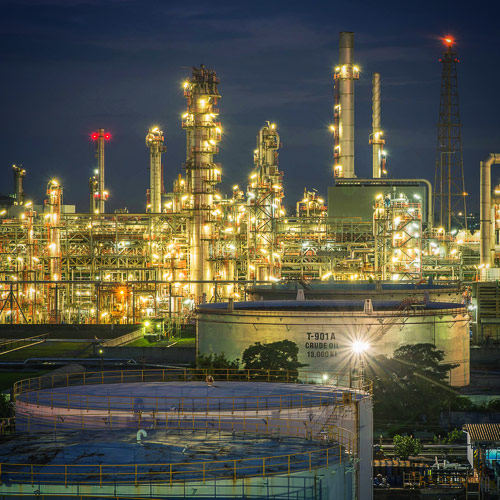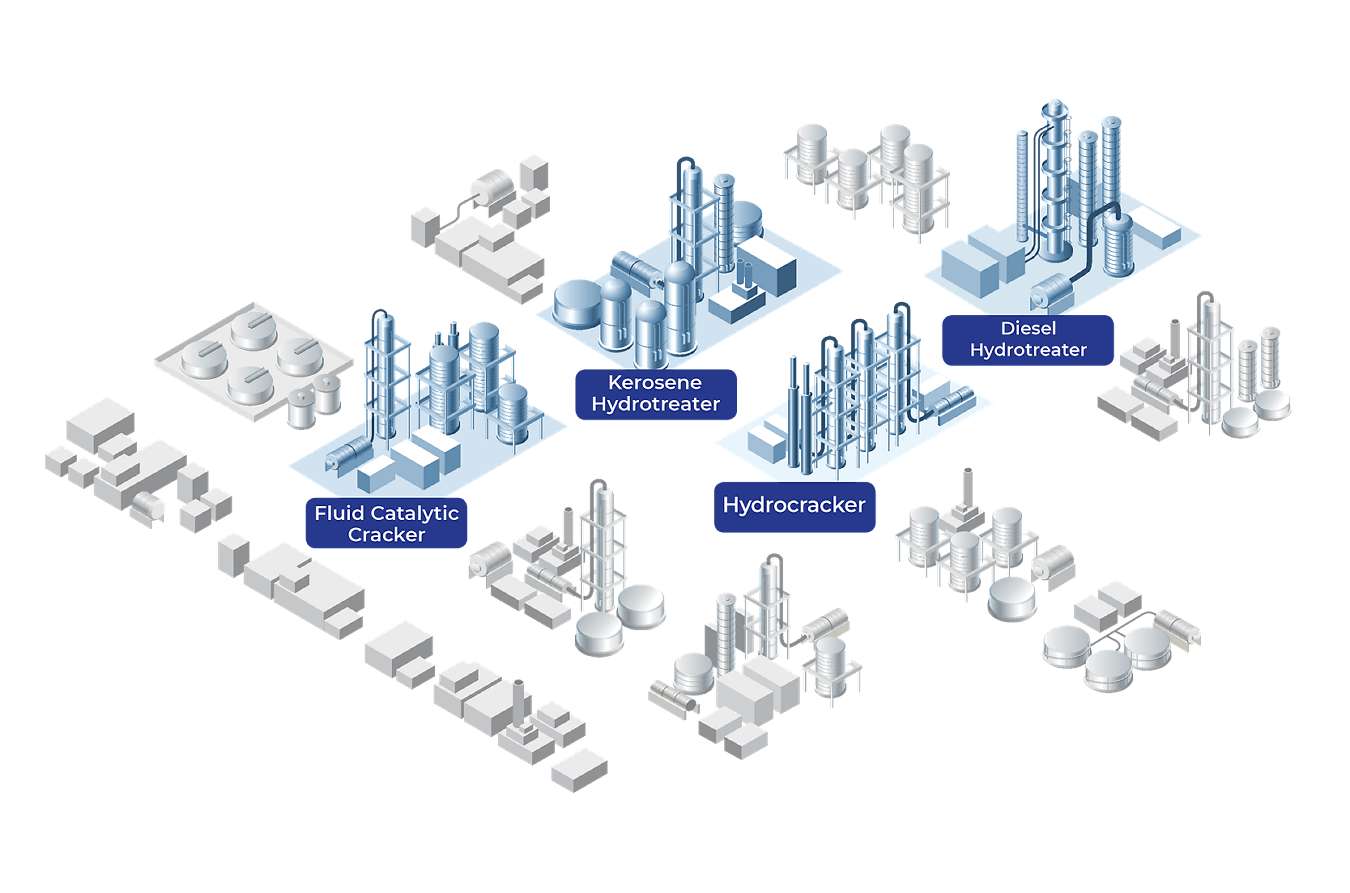Co-processing involves processing waste bio-feedstocks in existing petroleum refineries to produce renewable hydrocarbon fuels. Refiners can use existing hydroprocessing units to process biowastes like animal fat or used cooking oil. Advanced/HEFA biofuels have a significantly higher emission-saving potential than fossil fuels. They are also an environmentally sustainable alternative to landfills and incineration.
Many refineries operate below their capacity, making co-processing a viable option to meet sustainability goals and maximize production without making expensive investments in refining assets. Depending on the refinery configuration and the desired products, various refinery processing units may serve as appropriate insertion points. Most co-processing happens in hydrotreaters, hydrocrackers, or fluid catalytic crackers.
Typical Co-processing insertion points in a refinery
Thank you for your inquiry





